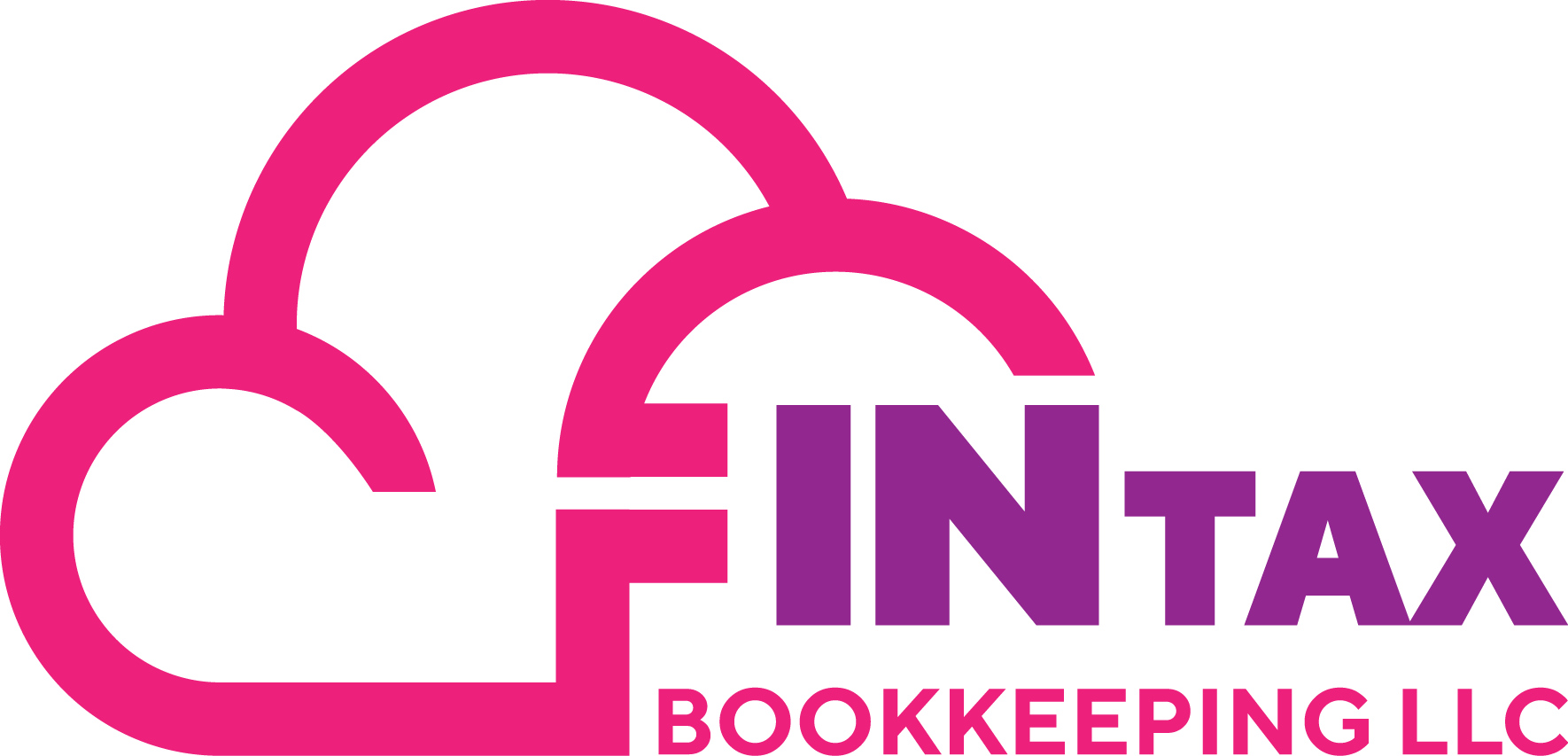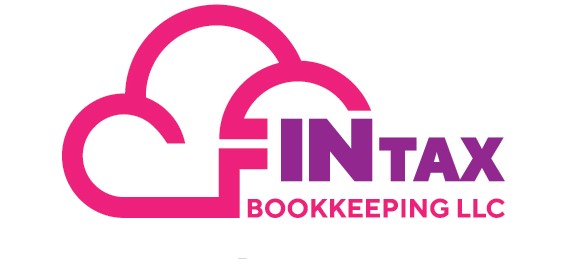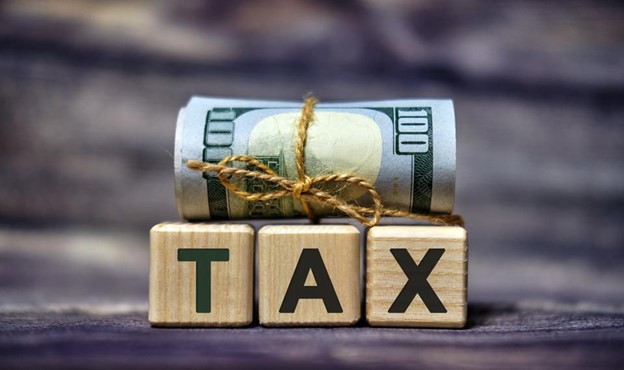When you incorporate a business, you take on new responsibilities. One of these is filing Form 1120 (U.S. Corporate Tax Return)—five pages of dense text and empty, numbered boxes demanding to be filled.
Don’t let the fine print get you down. With a little preparation, Form 1120 is easily vanquished. Let’s look at who needs to file Form 1120, how to file it, and what business records you’ll need to have on hand to get the job done.
The Tax Cuts and Jobs Act eliminated the corporate tax schedule for a single tax rate of 21% effective 2018. All corporate income tax returns will be taxed at this rate, regardless of their incomes, and it’s a permanent change.
Corporation income tax return filing deadlines:-
Corporations must file their income tax return, including Form 1120, by the fifteenth day of the fourth month after the end of their tax year.
If a corporation’s new, it must file by the fifteenth day of the fourth month after their tax year ends, no matter how short it was.
- Calendar year: April 15
- Fiscal year ending other than June 30: 15th day of the 4th month after the end of its tax year.
- Fiscal year ending June 30: September 15.
- Short period return, tax year ending any day in June: September 15.
- Short period return, the new corporation: 15th day of the 4th month after the short period ends.
- Dissolved corporation: 15th day of the 4th month after the date of dissolution.
If the filing deadline falls on a Saturday, Sunday, or legal holiday, the filing deadline is moved ahead to the next business day.
1120/ 1120S – Corporate or S Corp Extension Form 7004 if not file return as per the above due dates:
What is the deadline for filing a 7004?
Extensions must be filed by midnight local time on the normal due date of the return. In the case of 1120, this is the 15th day of the 4th month after the end of the tax year of the return. In the case of a 1120S, this is the 15th day of the 3rd month after the end of the tax year of the return.
How long is the extension?
For both 1120 and 1120S returns, the extension is for 6 months. If a calendar year return, 1120 on a timely filed extension is due on October 15th. If a calendar year return, the 1120S on a timely filed extension is due on September 15th.
What Is a 1120 Tax Form?
A 1120 tax form is an Internal Revenue Service (IRS) form that corporations use to find out their tax liability, or how much business tax they owe.
It is also called the U.S. Corporation Income Tax Return. American corporations use this form to report to the IRS their income, gains, losses deductions, and credits.
There are special forms for specific types of organizations. They include:
- 1120-C: cooperative associations, such as farmers’ cooperatives
- 1120-F: foreign corporations
- 1120-H: condominium management, residential real estate management, timeshare association that elects to be treated as a homeowners association
- 1120-L: life insurance companies
- 1120-POL: political organizations
- 1120-S: S corporations
Download Form 1120 and the Form 1120 instructions.
Who Files Tax Form 1120?
All domestic corporations must file tax form 1120, even if they don’t have taxable income.
The following entities must file tax Form 1120:
- Businesses that have chosen to be taxed as corporations. These businesses must also file Form 8832 and attach a copy of it to form 1120.
- Limited liability companies (LLCs). LLCs only file Form 1120 if they’ve elected to be taxed as a corporation. Partnership LLCs file Form 1065 instead and single-member LLCs usually file their taxes via the owner’s personal federal tax return.
- Farming corporations. They must file Form 1120 to report their income or losses.
- Corporations with an ownership interest in a FASIT. A FASIT is a Financial Asset Securitization Investment Trust.
- Foreign-owned domestic disregarded entities. If a foreign person or corporation owns 100 percent a domestic disregarded entity (DE), then the domestic DE is treated as separate from its foreign owner. A DE is a business the IRS doesn’t consider separate from its owner. Yes, these two things contradict each other but this is how it works. The foreign person or corporation must file Form 1120 and attach Form 5472.
There are also additional documents, or schedules, some types of corporations have to fill out as well. They include Form 1120 (Schedule N) for foreign operations of U.S. corporations and Form 1120 (Schedule D) for capital gains and losses. Small corporations probably won’t have to worry about these additional forms. You can find them by searching for “Form 1120” via the IRS’ Forms and Publications tool.
Where Do I File a 1120 Tax Form?
You have the option to file Form 1120 either online or by mail. Because it’s faster, easier, and cuts back on paperwork, we always recommend filing online using the IRS efile service.
Plus, some large C corporations reporting $10 million or more in assets are required to file online. Find out whether your C corporation has to file online.
Corporations can electronically file (e-file) Form 1120 and any other forms, schedules, and attachments such as Form 7004 (automatic extension of time to file) and Forms 940, 941, and 944 (employment tax returns). Sign up for (or log into) Modernized e-File here and submit your return online.
If you owe the IRS taxes, you can authorize that tax payment to be withdrawn electronically from your account. Or you can authorize the direct deposit of a refund.
If you choose to mail your return, you should use private delivery services (PDS) that give written proof of the mailing date. A list of IRS-approved PDS is here.
How to file tax Form 1120 for small business simple steps:-
- Build your tax team
Start the filing process by gathering your tax team, which should include a corporate tax professional and corporate tax filing software.
Owners of C corporations — called shareholders — aren’t considered self-employed, so they can’t use self-employment tax software. Many common tax software companies, like TurboTax, have software options for C corporations.
Form 1120 is infamously long-winded, so engage a tax professional to help you complete Form 1120.
You may be tempted to file Form 1120 by yourself for a small, uncomplicated C corporation. Just make sure you’ve identified a corporate tax expert who’s ready to answer questions and take over if needed.
- Fill out most of page 1
Called the face of Form 1120, the first page gives the IRS a glance at your company’s tax situation. You can fill out much of this using information stored in your accounting software.
You’ll have blanks for the cost of goods sold, depreciation, gains and losses, tax credits, and all total lines.
- Fill out the required schedules
You’ll need to fill out these schedules when filing tax Form 1120.
Schedule C
C corporations, just like people, can buy stocks in different companies. C corporations report their annual dividend income from investments in other companies on 1120 Schedule C.
Through the dividends received deduction, C corporations can write off a percentage of dividend income. The deduction calculation depends on the amount of another corporation your corporation owns.
Schedule J
You enter your tax credits on Schedule J. Source: www.irs.gov.
Here’s where you calculate your C corporation’s tax liability. The section picks up on the tax calculation you started on the first page of Form 1120, which lists your deductions. You go to Schedule J to enter business tax credits and estimated tax payments to arrive at your tax liability.
Line 2, “income tax,” is where you multiply your taxable income — page 1, line 30 — by the 21% federal corporate tax rate. Of course, the calculation isn’t always so simple, so you and your tax professional should check the Form 1120 instructions for exceptions and further details.
Tax credits are dollar-for-dollar reductions to your tax liability and are among the most effective ways to reduce your tax bill.
Schedule K
Schedule K asks for more information about the C corporation’s owners and holdings in other companies. Before that, you must enter your company’s accounting basis, cash or accrual.
Simple C corporations don’t have much to fill out on Schedule K. If your business has a stake in another corporation, it’s best to engage a tax professional to help you here.
Schedule L
Schedule L is your company’s balance sheet per your books. Open the balance sheet as of year-end in your accounting software to fill out this section.
Schedules M-1 and M-2
The IRS calculates some expenses, like depreciation, differently from how Generally Accepted Accounting Principles (GAAP) require for non-tax financial reporting. Schedules M-1 and M-2 explain to the IRS some differences between your financial statements for book and tax purposes.
Schedule M-1 and M-2 are complex, so call on your tax professional to walk you through the process.
- Look for other required schedules
Depending on your business activities, you might have to attach additional forms or schedules to Form 1120.
Some common attachments include:
- Form 1125-A for businesses with the cost of goods sold
- Form 1125-E to list officer compensation for corporations with gross receipts of $500,000 or more
- Form 4797 for the sale of business property
- Form 4563 for depreciation and amortization
- Schedule D for capital gains and losses
A corporate tax professional should be knowledgeable of other forms you’re required to submit with Form 1120.
- Return to page 1
Once you’ve finished filling out the rest of Form 1120 and the required attachments, you’re ready to finish the first page. Return to the face of your tax return to fill in any blanks.
- Review and file your return
You’re done! After reviewing your return with your preparer, e-file Form 1120 using your tax software or have your tax preparer do it on your behalf.
Do I Have to File Form 1120?
Yes, you have to file Form 1120 if you are a U.S. corporation and meet the criteria listed above.
That said, the IRS considers certain organizations tax exempt. These include:
- Charitable organizations
- Social welfare organizations
- Social clubs
- Trade associations
- Labor organizations
- Veterans’ organizations
- Political organizations
The IRS has a full list of tax-exempt organizations here. These types of organizations must file an information return that should include Form 990, Form 990-EZ, and Form 990-PF. Download these tax forms and their instructions on the IRS website.
Corporation income tax return filing addresses for the tax year 2020:
| If the corporation’s principal business, office, or agency is located in: | And the total assets at the end of the tax year are: | Use the following address: |
| Connecticut, Delaware, District of Columbia, Georgia, Illinois, Indiana, Kentucky, Maine, Maryland, Massachusetts, New Hampshire, New Jersey, New York, North Carolina, Ohio, Pennsylvania, Rhode Island, South Carolina, Tennessee, Vermont, Virginia, West Virginia, Wisconsin |
Less than $10 million and Schedule M-3 is not filed | Department of the Treasury Internal Revenue Service Center Kansas City, MO 64999-0012 |
| $10 million or more, or less than $10 million and Schedule M-3 is filed |
Department of the Treasury Internal Revenue Service Center Ogden, UT 84201-0012 |
|
| Alabama, Alaska, Arizona, Arkansas, California, Colorado, Florida, Hawaii, Idaho, Iowa, Kansas, Louisiana, Minnesota, Mississippi, Missouri, Montana, Nebraska, Nevada, New Mexico, North Dakota, Oklahoma, Oregon, South Dakota, Texas, Utah, Washington, Wyoming | Any amount | Department of the Treasury Internal Revenue Service Center Ogden, UT 84201-0012 |
| A foreign country or U.S. possession | Any amount | Internal Revenue Service Center PO Box 409101 Ogden, UT 84409 |


